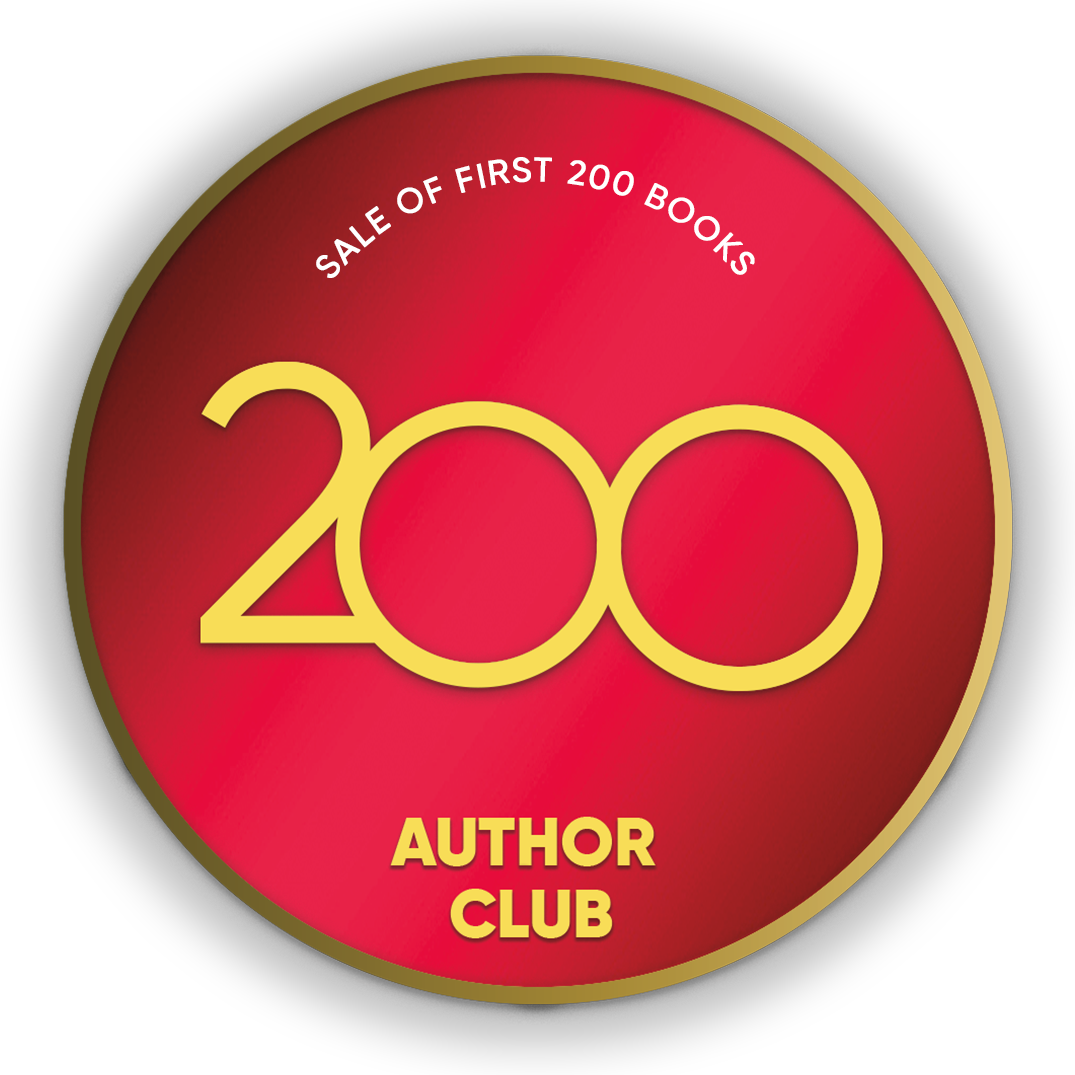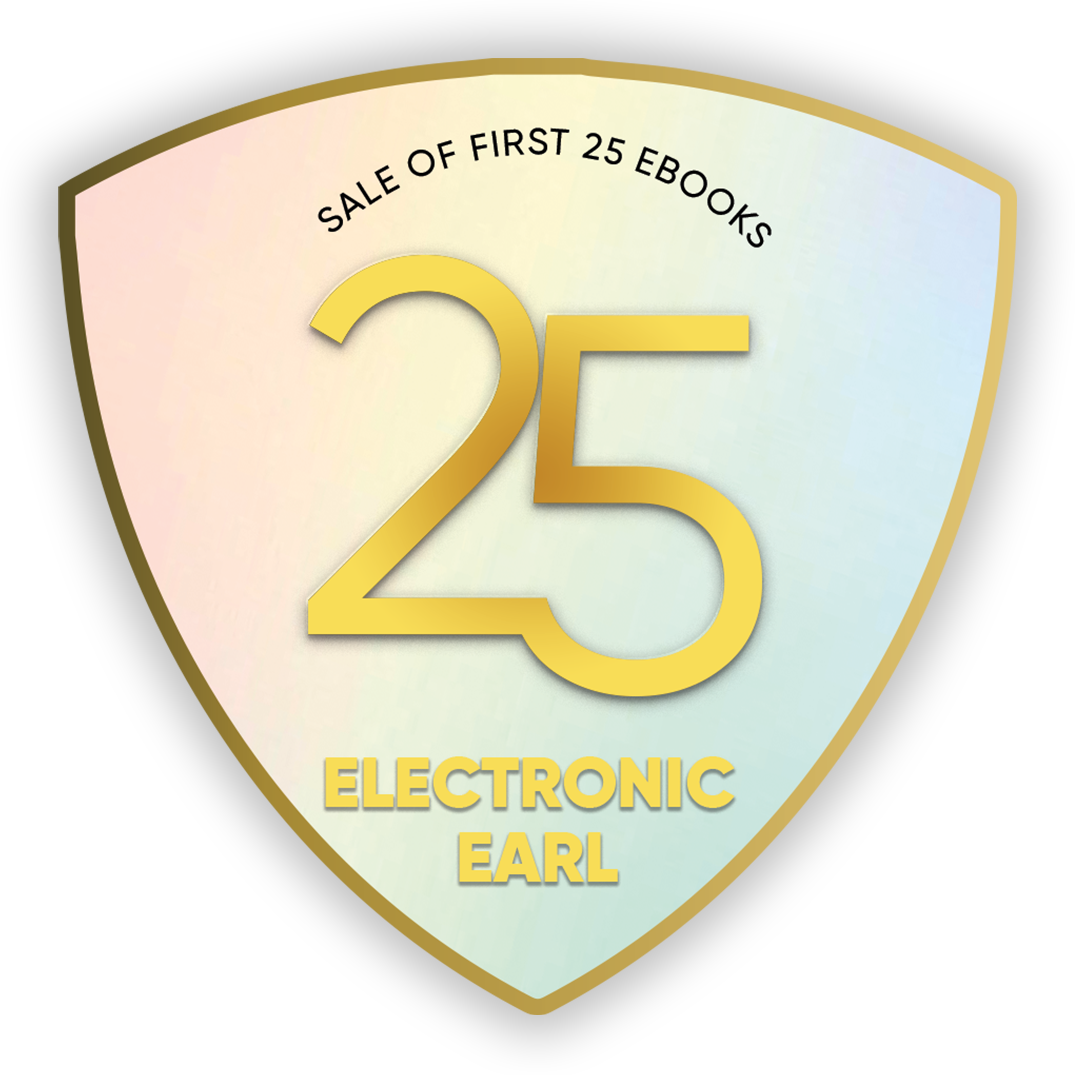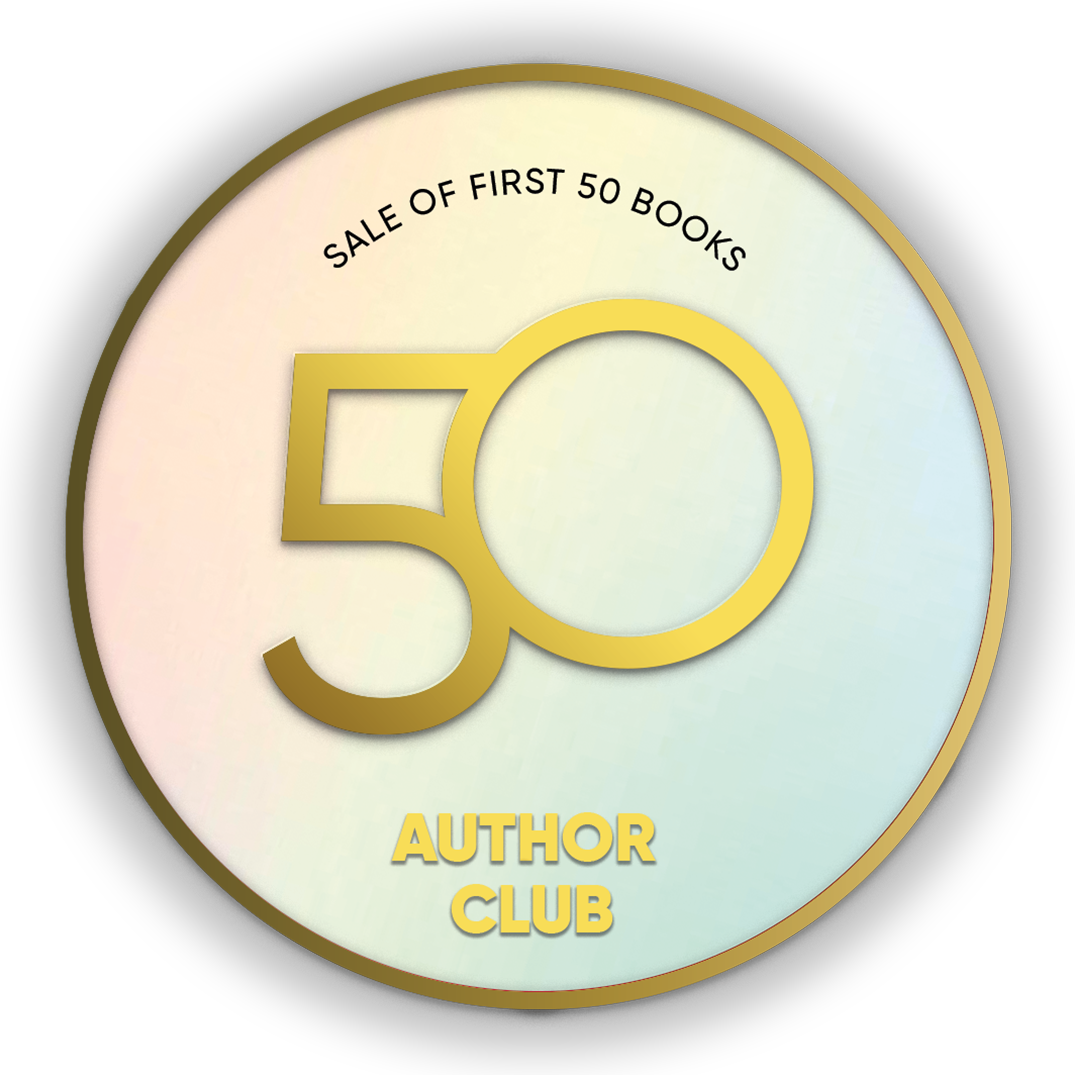My Poetry My Life
Books by Samiran Kumar Paul
My Poetry My Life is an anthology of poems composed from 1972 to the present. One may call it my lifetime poetical excursions. The mood and attitude cover different sentiments and emotions through vistas of life. Like many aspects of literature and art, the attitude is subjective. One reader might experience the work differently than another.
By using a specific attitude, the writer can create a real feeling and deep characters that have genuin
FOLK TRADITIONS AND INDIAN LITERATURE
Books by Dr. Anita Ghosh Paul
“Folk Traditions and Indian Literature” is a book through studies on Indian traditions and their share in Indian literature. The main focus is on Folk literature forms a vast corpus of legends, stories, fables, fairy-tales, religious tales and mythological tales present in oral as well as the written practice of culture, language, and people. In fact, folk literature has been considered synonymous with oral literature. It also highlights Folk literature re
Poetics and Literary Theory of T. S. Eliot
Books by Samiran Kumar Paul
This is a critical handbook on T. S. Eliot’s poetical works and verse dramas with their text and critical interpretation for students of Asian and African countries. An exhaustive discussion is made through critical analysis of Eliot’s literary personality as a poet and theorist. Eliot exercised a strong influence on Anglo-American culture from the 1920s until late in the century. His experiments in diction, style, and versification revitalized English poe
The Gaelic Twilight and Poetics of W. B. Yeats
Books by Samiran Kumar Paul
This book explores the question of Yeats’s identity as an important issue in the criticism of the Irish poet. The identity of the poet with the advent of postcolonial theory into Irish studies in general and Yeats’s studies in particular, this controversial issue has gained new dimensions. Whether Yeats was a revolutionary and anti-colonial nationalist or a poet with unionist and colonialist inclinations has been the subject of much debate and less agreeme
Drama and Sonnets of William Shakespeare vol. 2
Books by Samiran Kumar Paul
Shakespeare at best answers the needs of a particular generation in one country or another. Those needs vary: directors and actors, audiences and common readers, scholar-teachers and students do not necessarily seek the same aids for understanding. Shakespeare is an international possession, transcending nations, languages and professions. More than the Bible, which competes with the Koran, and with Indian and Chinese religious writings, Shakespeare is unique
Drama and Sonnets of William Shakespeare vol. 1
Books by Samiran Kumar Paul
Dramas and Sonnets of William Shakespeare Vol. 1 is helpful to every learner of William Shakespeare (1564-1616) who, doubtless, saw himself as merely another professional man of the theatre who moved almost casually from play-acting to playwriting. And indeed, he was very much a man of his time, a man of the Elizabethan theatre, who learnt to exploit brilliantly the stagecraft, the acting, and the public taste of his day. It happens very rarely in the
The Genius of George Bernard Shaw
Books by Samiran Kumar Paul
The Genius of George Bernard Shaw is a criticism of George Bernard Shaw’s work that explores his art, aesthetics, philosophy, and revolutionary ideas. Shaw wrote his plays raising and dealing with the problems of individuals, families, society, nations, and the world. It is occasionally stated that Shaw’s support for totalitarianism grew out of his frustration with nineteenth-century liberalism, which ineffectually culminated in a disastrous world w
The Genius of Aldous Huxley
Books by Samiran Kumar Paul
The Genius of Aldous Huxley is an attempt to make a critical analysis of Aldous Huxley’s novels, essays and plays. The significant results of his stance in terms of his critical heritage were threefold: the explicit message of the later fiction struck most readers as being detrimental to its artistry; criticism of Huxley’s craft often became indistinguishable from criticism of his ideas; the popular response to Huxley’s work continued to grow, but the cr
Literary Theory and Marxist Criticism
Books by Samiran Kumar Paul
The Communist Party’s attitude toward art in this period was, in general, epiphenomenal of its economic policy. A resolution of 1925 voiced the party’s refusal to sanction anyone’s literary faction. This reflected the New Economic Policy (NEP) of a limited free-market economy. The period of the First Five-Year Plan (1928–1932) saw a more or less voluntary return to a more committed artistic posture, and during the second Five-Year Plan (1932–1936), t
Literary Theory and Criticism
Books by Samiran Kumar Paul
Literary theory and criticism aims to cater to the academic requirements of college and university students and research scholars. Among the students of English literature, it is found that they are mostly engaged in genres like poetry, novel, drama, prose and essay. My endeavour for such students and scholars is to make this book a supplement to their marginalized genres such as ‘theory and criticism’.
“Gitanjali” of Rabindranath Tagore: With Critical Evaluations
Books by SAMIRAN KUMAR PAUL
“Gitanjali” of Rabindranath Tagore: With Critical Evaluations, which was originally published with the same title and content in 2006, depicts Tagore’s spiritual journey towards the Supreme Being. It is a collection of devotional songs in which he offers his prayer to God. But the religious fervour of these songs never affects the poetic beauty. It appeals to the readers with its oceanic depth expressed in simplicity, optimism
Understanding Critical Theory of I.A. Richards
Books by Samiran Kumar Paul
Understanding Critical Theory of I.A. Richards focuses mainly on I. A. Richards ‘English and American literary theory and criticism. College and university students of English literature in India and all over the world are in utmost need of a better understanding of Richards’ The Principles of Literary Criticism and The Principles of Practical Criticism. Discussion and interpretations on different aspects of psychology, language and aesthetics will





























